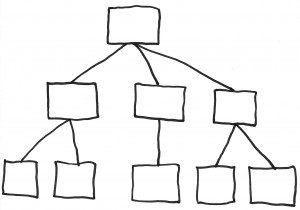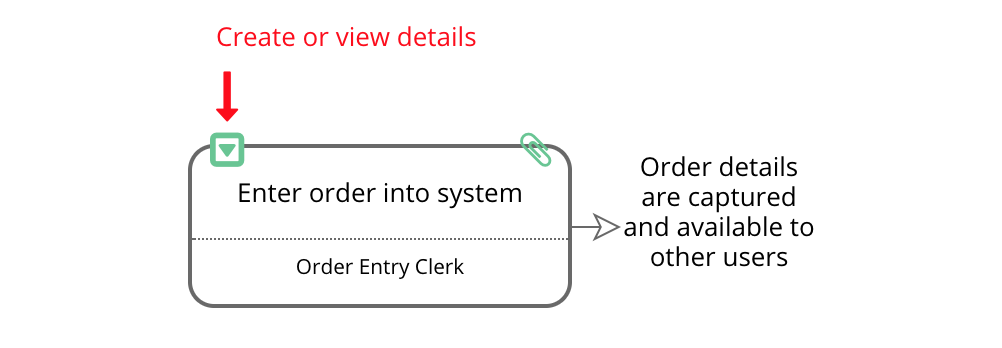The Magic of Hierarchy
The importance of hierarchy
Probably my favourite tool in the arsenal of analyst techniques has to be decomposition. Whether it’s functional or process decomposition there is nothing like it for arranging problems into the big picture. Then breaking that picture down into its component parts so that you can start to make sense of it.

And yet hierarchy, in recent years, has got a pretty bad reputation. As Stanford professor Bob Sutton wrote this weekend in this LinkedIn article. He was brought up to believe that hierarchy was bad and led to inefficiency, yet research for his new book showed that hierarchy is unavoidable.
Hierarchy is nature’s gift to us in helping us understand the World around us. Citing research by his colleagues Deb Gruenfeld and Lara Tiedens he describes how hierarchy is found in every single group of animals found in nature. To quote Gruenfeld and Tiedens directly:
“When scholars attempt to find an organization that is not characterized by hierarchy, they cannot.”
Hierarchy structures the relationships between people and things into parent, child and peer relationships. This makes it easier for us to remember those relationships, it provides an organising principle that is standardised across everything. We simply have to know how hierarchy works in order to understand something that is new to us.
This is what makes decomposition so powerful. It comes naturally to us human beings so is not really something that needs much in the way of education. When we apply it, it’s often to an area that seems chaotic and complex. By decomposing we overlay a hierarchy that allows us to understand what was previously incomprehensible. It allows us to break problems down into component parts in order to tackle them effectively and even start to predict what will happen when we make changes.
It doesn’t just aid understanding, it also helps us to remember. Instead of having to remember every single discreet component of an organisation you simply need to remember a small subset. You can then use this along with the hierarchical organising principle and you will be able to fairly accurately calculate the missing pieces.
Skore and decomposition
This is what makes decomposition one of the first things I do when introduced to a new problem and this is why we made decomposition one of the central parts of Skore. It surprises me how few products there are out there that help you do this easily, one of our favourites is Workflowy.
Right from the beginning we wanted to give people the ability to decompose as thought it was second nature. With Skore you simply capture a few high level actions that describe the ‘big picture’ then use the details button on each What Box to decompose to the next level creating a hierarchy as you go. This means it is really important that you complete the Why Box for each step. The Why Box is used to determine the outcome of each step, what’s expected once the action is complete. By doing this consistently you are setting your scope for the next level of detail and making it easier to focus on that detail.

Detail button on a What Box in Skore
When looking at any new problem Skore is one of the first tools I reach for, sketch out the big picture and then explore the details of any relevant parts.
3 things to remember
Hierarchy is all around us – it is an organising principle built into nature and helps us understand otherwise complex situations.
Use decomposition to organise and understand problems – start at the ‘big picture’ and break it down into component parts in order to understand what it is and what to do next.
Use the Details button in Skore to decompose a step – each What Box has a details button, clicking this will give you a clean canvas with the context of the parent step including the descriptions of the What and Why boxes. You can break individual steps into detail views as often as you need until you reach the right level of detail.
This is an extended version of an article from Human Automation.
Learn more about hierarchical process mapping in our Process Mapping Guide.
